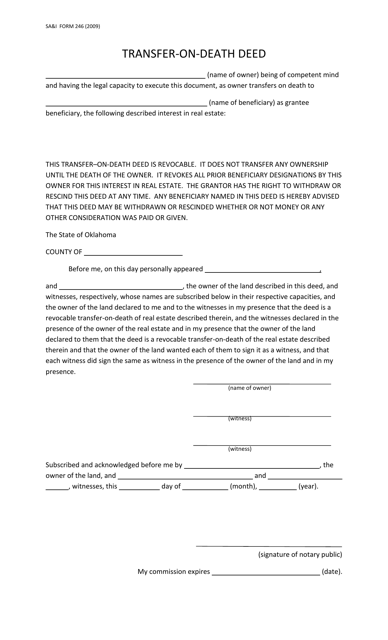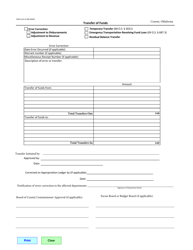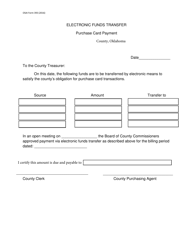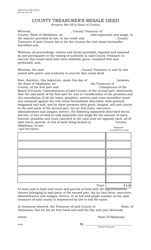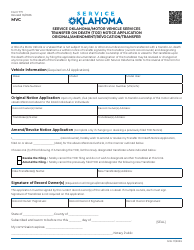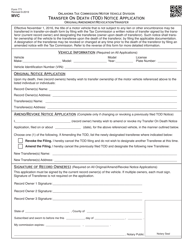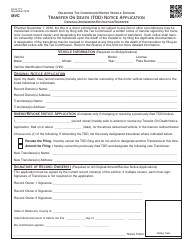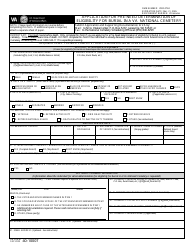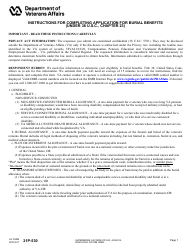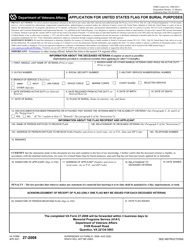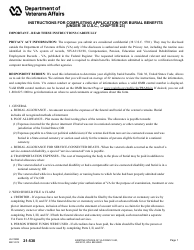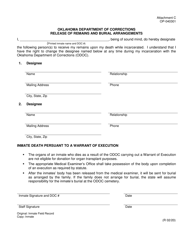OSAI Form 246 Transfer-On-Death Deed - Oklahoma
What Is OSAI Form 246?
This is a legal form that was released by the Oklahoma State Auditor and Inspector - a government authority operating within Oklahoma. As of today, no separate filing guidelines for the form are provided by the issuing department.
FAQ
Q: What is OSAI Form 246?
A: OSAI Form 246 is the Transfer-On-Death Deed form used in Oklahoma.
Q: What is a Transfer-On-Death Deed?
A: A Transfer-On-Death Deed is a legal document that allows the transfer of real property to a designated beneficiary upon the owner's death.
Q: Why would someone use a Transfer-On-Death Deed?
A: A Transfer-On-Death Deed can be used to avoid probate and efficiently transfer real property to a specific beneficiary.
Q: Who can use OSAI Form 246?
A: Any individual who owns real property in Oklahoma can use OSAI Form 246 to create a Transfer-On-Death Deed.
Q: What information is required on OSAI Form 246?
A: OSAI Form 246 requires information about the property owner, the designated beneficiary, and a legal description of the property.
Q: Is OSAI Form 246 legally binding?
A: Yes, OSAI Form 246 is a legally binding document when properly executed and recorded.
Q: How does a Transfer-On-Death Deed work?
A: A Transfer-On-Death Deed allows the owner to retain full control and ownership of the property during their lifetime, with the designated beneficiary becoming the owner upon the owner's death.
Q: Can a Transfer-On-Death Deed be revoked?
A: Yes, a Transfer-On-Death Deed can be revoked by the property owner at any time before their death, as long as the revocation is properly executed and recorded.
Q: Do I need an attorney to use OSAI Form 246?
A: While it is not required to have an attorney, it is recommended to seek legal advice to ensure the proper execution and recording of the Transfer-On-Death Deed.
Form Details:
- Released on January 1, 2009;
- The latest edition provided by the Oklahoma State Auditor and Inspector;
- Easy to use and ready to print;
- Quick to customize;
- Compatible with most PDF-viewing applications;
- Fill out the form in our online filing application.
Download a printable version of OSAI Form 246 by clicking the link below or browse more documents and templates provided by the Oklahoma State Auditor and Inspector.
